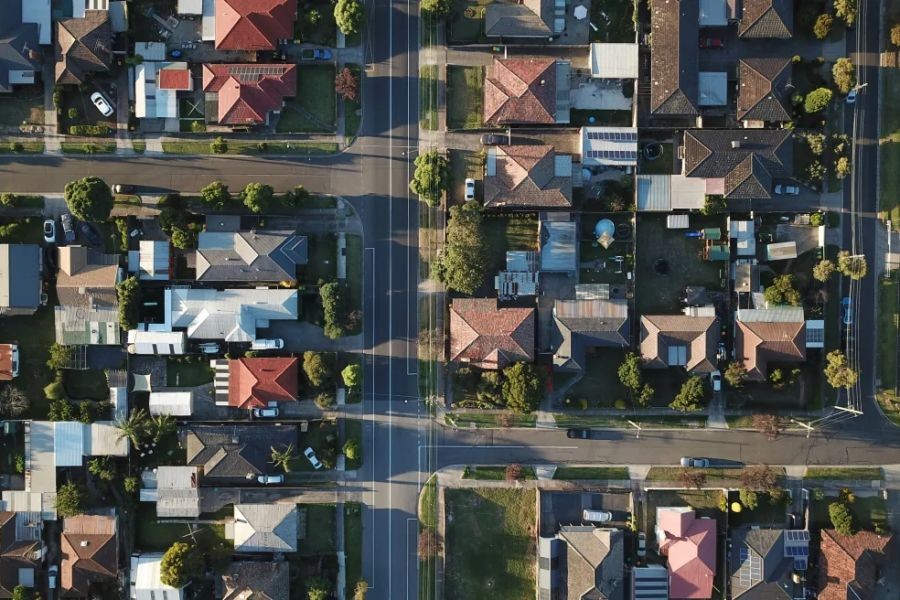As Australia faces an aging population, the demand for elderly care continues to escalate. The Australian Bureau of Statistics (ABS) projects that by 2030, one in five Australians will be aged 65 and over. However, the current elderly care system is struggling to meet the needs of this growing demographic. Here are five compelling reasons why major reforms are necessary to ensure that elderly Australians receive the care they deserve.
1. Increasing Demand Due to Demographic Shifts
The demographic landscape in Australia is changing rapidly. With the baby boomer generation reaching retirement age, the demand for aged care services is expected to surge. According to the ABS, the number of Australians aged 85 and over is predicted to double by 2042. This increase in the elderly population puts pressure on existing care facilities, many of which are already operating at full capacity.
The current infrastructure is insufficient to cater to this demographic shift. Without significant investment in new facilities and the expansion of existing ones, many elderly Australians may face long waiting periods for essential care services. The government must prioritize the development of aged care infrastructure to accommodate this growing need.
2. Financial Strain on the System
The financial model underpinning Australia's aged care system is under considerable strain. The Royal Commission into Aged Care Quality and Safety highlighted the need for increased funding to ensure the sustainability of the sector. The current funding levels are inadequate to maintain quality care standards, leading to a reliance on private funding, which can limit access for those unable to afford it.
According to the Australian Treasury, the costs associated with aged care are projected to rise significantly, from 1.2% of GDP in 2020 to 1.7% by 2050. To address this, the government must explore alternative funding models, such as public-private partnerships, to ensure the system remains viable and accessible to all Australians.
3. Workforce Challenges and Skill Shortages
The aged care sector is experiencing a critical shortage of skilled workers. The Australian Aged Care Workforce Strategy Taskforce reported that the sector needs to recruit an additional 80,000 workers by 2025 to meet demand. However, attracting and retaining skilled staff remains a challenge due to low wages, high turnover rates, and limited career progression opportunities.
To address these issues, reforms must focus on improving working conditions, offering competitive salaries, and providing career development opportunities. Investing in training programs and education pathways will also be essential to equip the workforce with the necessary skills to deliver high-quality care.
4. Quality of Care Concerns
Ensuring high-quality care for the elderly is a cornerstone of a compassionate society. However, numerous reports have highlighted significant quality issues within Australia's aged care facilities. The Royal Commission found widespread instances of neglect, inadequate care, and poor living conditions, emphasizing the urgent need for reform.
Regulatory bodies such as the Australian Competition and Consumer Commission (ACCC) must enforce stricter compliance measures and conduct regular audits to ensure facilities meet quality standards. Implementing a robust system for monitoring and accountability will help restore trust in the sector and ensure elderly Australians receive the care they deserve.
5. Integration of Technology and Innovation
Technological advancements offer significant opportunities to enhance aged care services. However, the sector has been slow to adopt innovative solutions that could improve efficiency and quality of care. For example, telehealth services, which saw a 120% increase in usage during the COVID-19 pandemic (ABS, 2024), could be leveraged to provide remote consultations and monitoring for elderly patients.
Investment in digital infrastructure and technology training for staff is essential to modernize the sector. Embracing innovation will not only improve the quality of care but also help alleviate the burden on the workforce by automating routine tasks and facilitating better communication between caregivers and families.
Case Study: Finland's Model for Aged Care Reform
Problem: Finland, like Australia, faced challenges with an aging population and inadequate aged care facilities. The Finnish government recognized the need for a comprehensive reform to address these issues.
Action: Finland implemented a cohesive national strategy focusing on integrating health and social services, increasing funding, and leveraging technology to enhance care delivery. They invested in smart homes equipped with monitoring systems and launched training programs to upskill the workforce.
Result: Within five years, Finland saw a 30% increase in workforce satisfaction and a 25% reduction in emergency hospital admissions among the elderly. The integration of technology improved efficiency and patient outcomes.
Takeaway: This case study underscores the importance of a holistic approach to aged care reform. By prioritizing technology integration and workforce development, Australia can create a sustainable and high-quality aged care system.
Conclusion
Australia's aged care sector is at a critical juncture. With an aging population, financial constraints, workforce shortages, quality concerns, and a lag in technology adoption, comprehensive reforms are essential. By addressing these challenges head-on, Australia can build a robust aged care system that ensures dignity, quality, and accessibility for all elderly citizens.
What are your thoughts on the current state of elderly care in Australia? Share your insights in the comments below!
People Also Ask
- How does Australia's aging population affect the economy? The aging population increases demand for aged care services, impacting government budgets and workforce dynamics. (Source: ABS)
- What are the biggest challenges facing Australia's aged care sector? Key challenges include workforce shortages, funding inadequacies, and quality of care issues. (Source: Royal Commission into Aged Care)
- How can technology improve aged care in Australia? Technology can enhance care efficiency, reduce workforce strain, and improve patient outcomes through telehealth and smart home solutions. (Source: ABS)
Related Search Queries
- Elderly care reforms in Australia
- Australia's aging population
- Challenges in aged care sector
- Workforce shortages in aged care
- Technology in elderly care






























ZacAston50
1 month ago